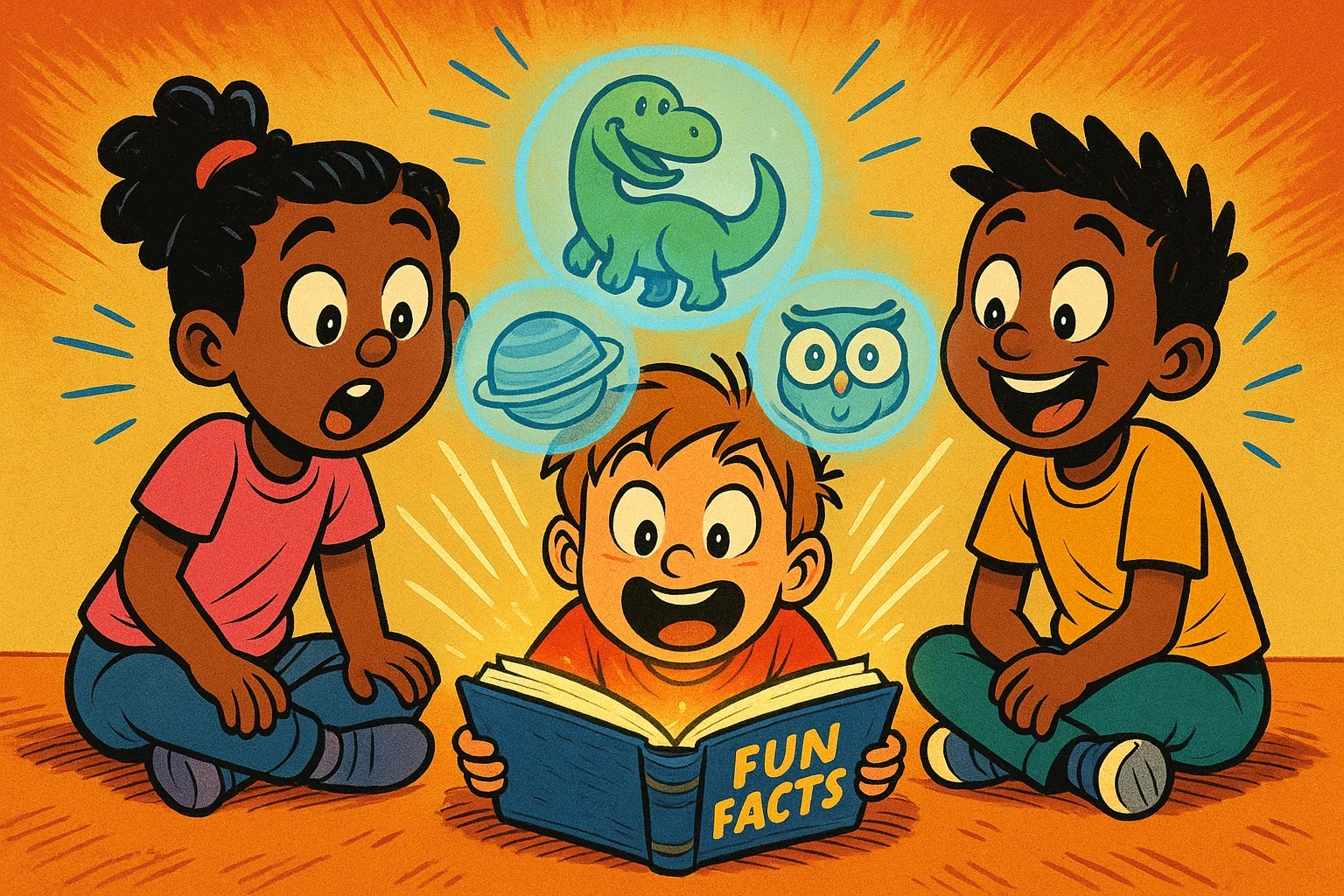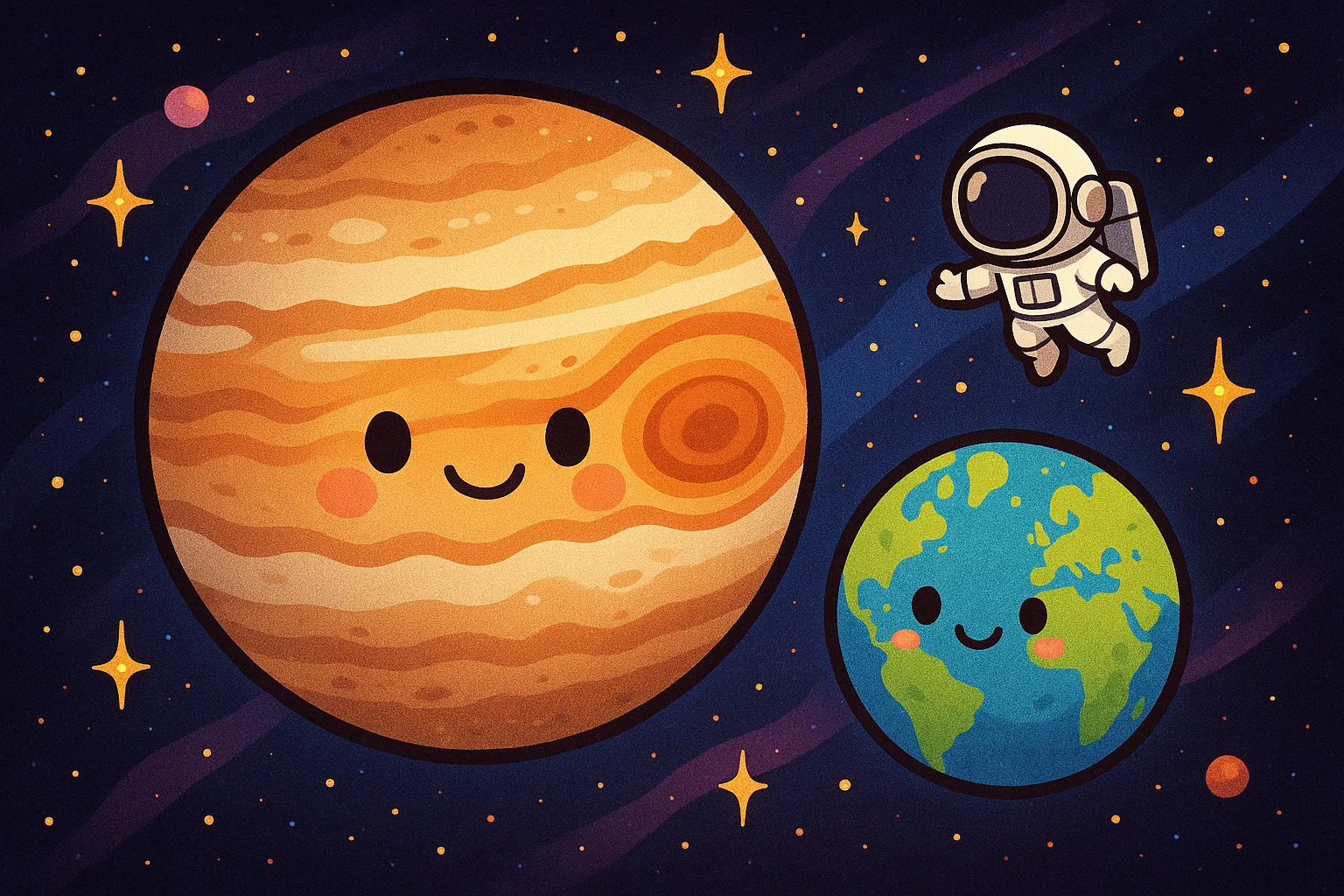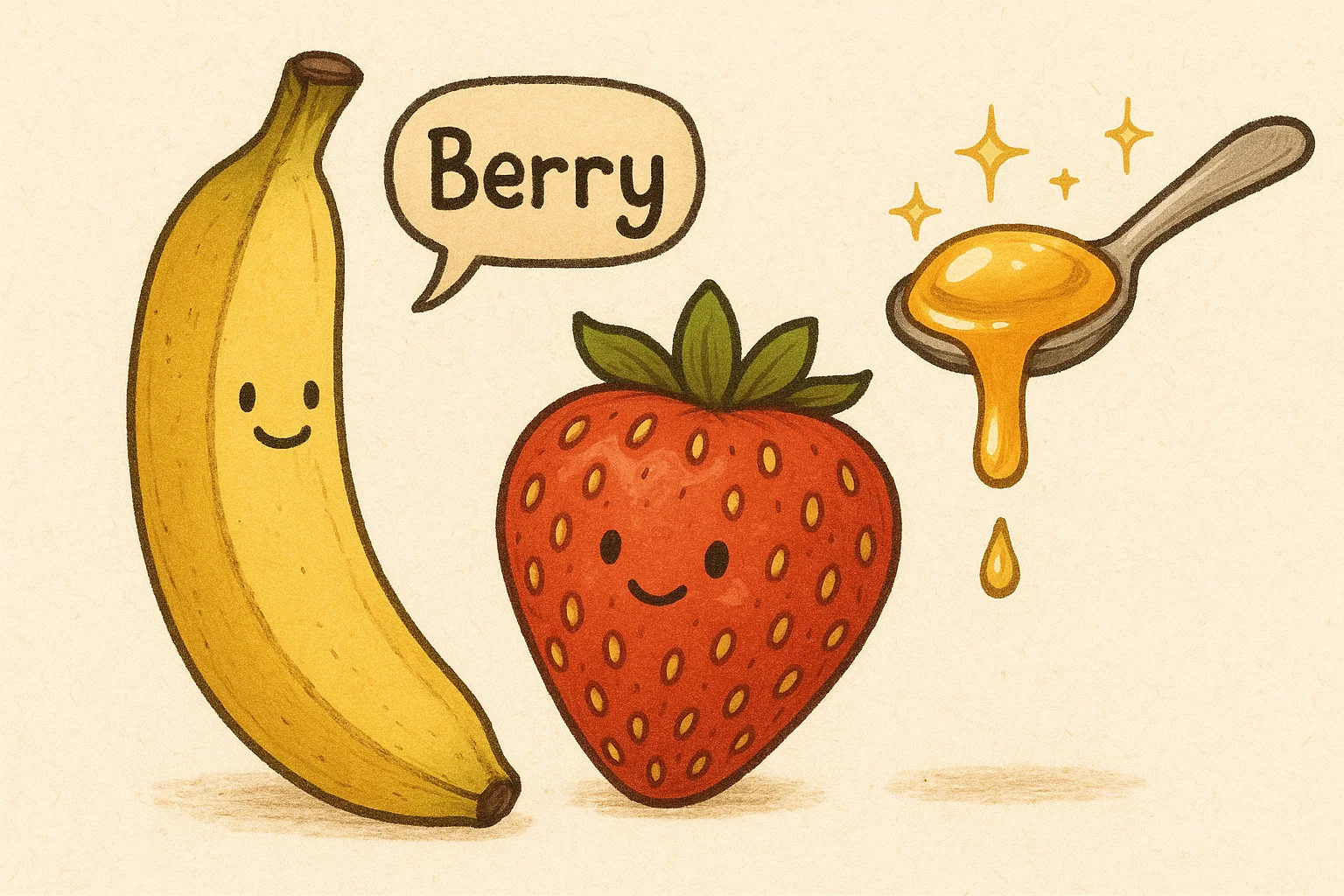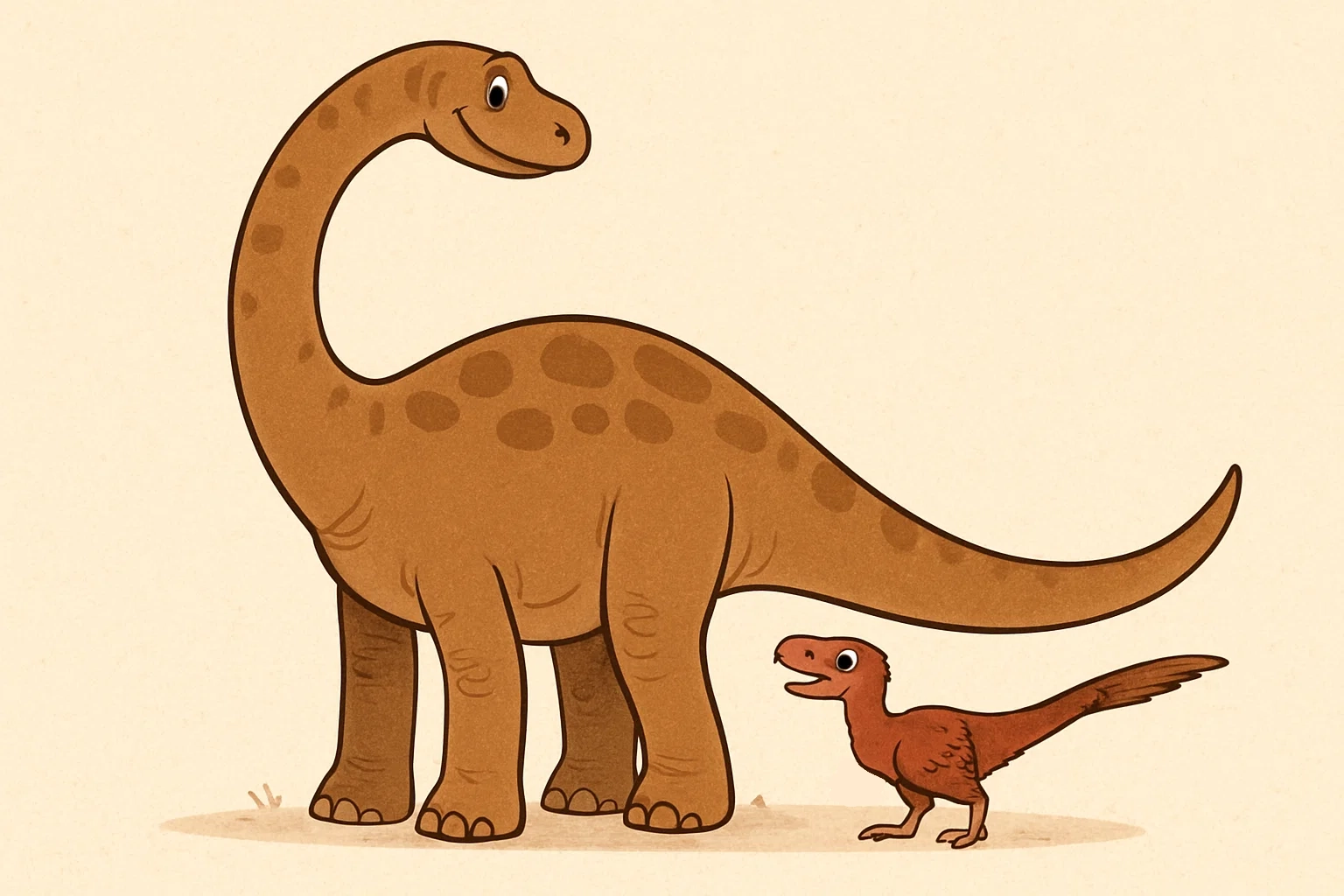Awesome Fun Facts for 7 Year Olds Trivia to Spark Curiosity

Welcome to a world of incredible discoveries! This collection of facts is created especially for curious seven-year-old explorers ready to learn the most amazing secrets of our planet, the animal kingdom, space, and everyday things. Get ready to be amazed, because even the most ordinary objects hold mysteries! Start your adventure right now, and soon you’ll become a true expert in fun facts!
Introduction to Fun Facts

Discovering fun facts opens up an exciting world of knowledge for young learners. At seven years old, children possess natural curiosity paired with growing comprehension skills, making this the perfect age to explore fascinating information about our planet, animals, space, and more.
What are fun facts
Fun facts represent bite-sized pieces of information that surprise, delight, and educate simultaneously. These nuggets of knowledge differ from standard educational content because they focus on the extraordinary, unusual, or unexpected aspects of familiar topics. A fun fact might reveal that octopuses have three hearts, or that bananas are technically berries while strawberries aren’t.
Why fun facts are important for children
Sharing facts for kids serves multiple developmental purposes beyond simple entertainment. When kids encounter amazing details about the world around them, they develop stronger memory retention compared to conventional teaching methods. Fun facts also build conversational skills and confidence. A seven year old who can share interesting animal trivia with peers develops social connections while reinforcing their own knowledge. Additionally, these memorable details often spark deeper interest in subjects like science, history, or nature, potentially influencing future academic pursuits.
Key Benefits of Learning Fun Facts:
- Boosts Memory: Unusual facts are easier for the brain to recall.
- Sparks Curiosity: Encourages deeper questions about the world.
- Builds Confidence: Provides conversation starters for social interaction.
- Expands Vocabulary: Introduces new terms in context.
- Positive Association: Links learning with fun and discovery.
Characteristics of kid-friendly fun facts
Age-appropriate facts for kids should balance wonder with comprehension. Effective examples use concrete comparisons children can visualize, such as describing the sun’s heat in relation to familiar temperatures. They should be factually accurate yet simplified enough for developing minds to grasp without extensive background knowledge. The best fun facts for this age group connect to children’s existing experiences while expanding their worldview. Information about the human body resonates because kids can relate it to themselves, while animal facts tap into widespread childhood fascination with creatures.
Animal Facts 🦁

The animal kingdom provides endless opportunities for amazement, with creatures displaying abilities that seem almost magical to young minds.
Amazing animal adaptations
Chameleons can move their eyes independently, allowing them to look in two different directions at once. This remarkable ability helps them spot both predators and prey simultaneously. Penguins, meanwhile, have developed the capacity to drink saltwater because special glands filter out the salt, which they then sneeze out. Arctic foxes possess fur so effective at insulation that they don’t begin shivering until temperatures drop below -70 degrees Celsius. Giraffes have developed extremely strong hearts that pump blood all the way up their long necks to their brains, generating blood pressure twice as high as humans experience.
Surprising animal superpowers
Dolphins sleep with only half their brain at a time, keeping one eye open to watch for threats. Woodpeckers can peck up to 20 times per second without getting headaches because their skulls contain special shock-absorbing tissue. Hummingbirds are the only birds capable of flying backwards, and their wings can beat up to 80 times per second. Electric eels can generate 600-volt shocks, enough electricity to power multiple light bulbs. Sloths only defecate once per week and can hold their breath longer than dolphins by slowing their heart rate dramatically.
Animal Superpower Highlights:
- Dolphin: Sleeps with only half its brain active.
- Woodpecker: Has shock-absorbing tissue in its skull to prevent headaches.
- Hummingbird: Can fly backward (the only bird that can).
- Electric Eel: Generates powerful 600-volt electrical shocks.
- Sloth: Can hold its breath longer than a dolphin.
Interesting cat and lion facts
Domestic cats possess 32 muscles in each ear, allowing them to rotate their ears 180 degrees. Lions are the only cats that live in social groups called prides, which typically include related females and their cubs. Unlike house cats, lions actually enjoy swimming and will enter water to cool off or hunt. A cat’s purr vibrates at a frequency between 25 and 150 Hertz, which research from the Journal of the Acoustical Society of America suggests may promote bone healing and reduce pain. Tigers have striped skin underneath their striped fur, meaning each tiger’s pattern is as unique as human fingerprints.
Weird shark and ocean facts
Sharks have been swimming in Earth’s oceans for over 400 million years, meaning they existed before trees appeared on land. Some shark species must keep swimming continuously to breathe, while others can rest on the ocean floor and pump water over their gills. Jellyfish have existed for at least 500 million years and have no brain, heart, or bones. Giant Pacific octopuses can change both their color and texture in less than one second to blend with their surroundings. Sea otters hold hands while sleeping to prevent drifting apart, and they use rocks as tools to crack open shellfish.
Science Facts 🔬
Weird but true science facts
Water can exist in three states simultaneously at a specific temperature and pressure combination called the triple point. Lightning strikes Earth approximately 100 times every second, totaling around 8.6 million strikes daily. Hot water can actually freeze faster than cold water under certain conditions, a phenomenon scientists call the Mpemba effect. Diamonds form deep underground under extreme pressure and heat, requiring millions of years to create. A single teaspoon of neutron star material would weigh about 6 billion tons on Earth. Sound travels approximately four times faster through water than through air.
Nature’s amazing creations
Bamboo represents the fastest-growing plant on Earth, with some species growing nearly three feet in just 24 hours. Venus flytraps can count to prevent wasting energy, only closing their traps after prey touches trigger hairs twice within 20 seconds. Mushrooms are more closely related to animals than plants genetically. Rainbows actually form complete circles, but we typically only see the upper half because the ground blocks our view of the bottom portion. Honey never spoils when stored properly; archaeologists have discovered 3,000-year-old honey in Egyptian tombs that remains perfectly edible.
Earth facts and planet trivia
Earth travels through space at approximately 67,000 miles per hour while orbiting the sun. Our planet contains enough gold in its core to coat the entire surface in a layer two feet thick. The deepest place in the ocean, the Mariana Trench, reaches nearly seven miles below sea level—deep enough to submerge Mount Everest completely.
Key Earth Statistics:
- Age of Earth: billion years
- Ocean coverage: 71% of surface
- Weight of atmosphere: 5 quadrillion tons
- Distance to Earth’s core: 3,959 miles
Space Facts 🚀

Wonders of solar system
The sun accounts for 99.86% of all mass in our solar system, making everything else—including all planets, moons, asteroids, and comets—represent less than 0.2% of the system’s total mass. Jupiter possesses such powerful gravity that it could fit 1,300 Earths inside it. The gas giant also features a storm called the Great Red Spot that has raged for at least 350 years and measures larger than our entire planet. Venus rotates so slowly that one day on Venus lasts longer than one year on Venus. Saturn’s rings, while appearing solid from Earth, actually consist of billions of ice particles ranging in size from tiny grains to house-sized chunks. Scientists estimate that Saturn’s density remains so low that the planet would float if you could find an ocean large enough to hold it.
Fascinating astronomical phenomena
Neutron stars spin incredibly rapidly, with some completing 600 rotations per second. If you could stand on the surface of Mars, the sun would appear only about half as large as it looks from Earth. The footprints astronauts left on the moon will likely remain visible for millions of years because the moon lacks wind or weather to erase them. A year on Mercury lasts just 88 Earth days, but a single day on Mercury takes 59 Earth days. Black holes possess such powerful gravitational pull that not even light can escape once it crosses the event horizon.
Space travel and astronaut facts
Astronauts grow approximately two inches taller while in space because the lack of gravity allows their spines to expand. However, they shrink back to normal height within days of returning to Earth. In the weightless environment of space, tears don’t fall down an astronaut’s face—instead, they form little balls that stick to the eye. The International Space Station travels at 17,500 miles per hour, circling Earth once every 90 minutes. This means astronauts aboard the station witness 16 sunrises and sunsets every 24 hours. The first meal eaten in space was applesauce consumed by John Glenn in 1962.
History Facts 📚
Mind-blowing historical events
Ancient Egyptians built the Great Pyramid of Giza around 2560 BCE using approximately 2.3 million stone blocks, each weighing between 2.5 and 15 tons. Workers completed this architectural marvel in roughly 20 years without modern machinery. The pyramid remained the tallest human-made structure for over 3,800 years. Cleopatra lived closer in time to the moon landing than to the construction of the Great Pyramid. Vikings actually reached North America around 1000 CE, nearly 500 years before Columbus’s voyage. The ancient Romans used urine as mouthwash because it contains ammonia, which has cleaning properties.
Ancient civilizations facts
The Maya developed the concept of zero independently around 300 CE, centuries before the numeral reached Europe. They also created incredibly accurate calendars and possessed advanced astronomical knowledge without telescopes. The Library of Alexandria in Egypt once housed between 400,000 and 1 million scrolls, representing the ancient world’s greatest collection of knowledge before its destruction. Ancient Chinese civilization invented paper, gunpowder, the compass, and printing—four innovations that dramatically changed human history. The Inca built an extensive road network spanning 25,000 miles through challenging mountain terrain without using wheeled vehicles.
Royal facts for young learners
Queen Elizabeth II owned all the unmarked swans in England, and she never needed a passport because British passports were issued in her name. King Tutankhamun became pharaoh of Egypt at approximately nine years old, younger than most kids in third grade. Napoleon Bonaparte wasn’t actually short for his time—he stood about 5 feet 7 inches, which represented average height for 19th-century French men. The misconception arose partly from British propaganda and confusion between French and British measurement systems.
Geography Facts 🌍
Fun around world culture
Japan experiences approximately 1,500 earthquakes annually, though most are too minor for people to feel. Iceland doesn’t have a single mosquito, making it one of the few populated places on Earth where these insects don’t exist. Australia is wider than the moon when measured from east to west. Antarctica contains 90% of Earth’s ice and 70% of its fresh water, yet it ranks as the driest continent because it receives less precipitation than the Sahara Desert. Russia spans 11 time zones, more than any other country.
Facts about famous landmarks
The Eiffel Tower grows approximately six inches taller during summer because iron expands in heat. The tower contains 20,000 light bulbs that illuminate it every evening. The Great Wall of China extends over 13,000 miles and took approximately 2,000 years to build, involving millions of workers. The Statue of Liberty’s exterior consists of copper, which originally appeared shiny brown but developed its distinctive green patina from oxidation over decades. The statue’s full name is “Liberty Enlightening the World,” and her crown features seven spikes representing the seven continents and seven seas.
Amazing world water bodies trivia
The Pacific Ocean covers more surface area than all of Earth’s land combined. This massive body of water contains approximately 25,000 islands, more than all other oceans combined. The Dead Sea sits 1,410 feet below sea level, making it Earth’s lowest elevation on land, and contains salt levels so high that people naturally float without effort. Lake Superior holds 10% of all fresh water on Earth’s surface. The Amazon River discharges more water than the next seven largest rivers combined, and during rainy season, parts of the Amazon can stretch 120 miles wide.
Human Body Facts 💪
Incredible brain and senses
The human brain contains approximately 86 billion neurons, each capable of connecting with thousands of other neurons. Your brain generates enough electricity to power a small light bulb. Information travels along nerves at speeds exceeding 200 miles per hour, allowing you to react quickly to the world around you. Humans possess more than five senses—scientists have identified between nine and 20 distinct senses, including balance, temperature, pain, and time passage. Your nose can detect approximately one trillion different scents, far more than previously believed. The average person blinks about 15-20 times per minute, which adds up to roughly 28,800 blinks daily.
Fascinating body abilities
Babies are born with approximately 300 bones, but adults have only 206 because many bones fuse together during childhood. The strongest muscle in the body relative to its size is the masseter, which controls jaw movement and can exert force of 200 pounds. Your tongue contains unique patterns similar to fingerprints—no two people have identical tongue prints. The average person walks approximately 75,000 miles during their lifetime, equivalent to walking around Earth three times. Stomach acid is strong enough to dissolve metal, yet the stomach lining replaces itself every few days to prevent self-digestion. Humans shed approximately 30,000 to 40,000 dead skin cells every minute.
Body Facts for 7-Year-Olds:
- You were born with 300 bones, but you only have 206 now.
- Your heart beats about 100,000 times a day.
- Your tongue print is unique, just like a fingerprint!
- You walk the equivalent of three times around the Earth in your lifetime.
- Your brain uses enough power to light a small bulb.
Body and health trivia
The human heart beats around 100,000 times per day, pumping approximately 2,000 gallons of blood through 60,000 miles of blood vessels. During an average lifetime, the heart beats more than 2.5 billion times without stopping for rest. Fingernails grow approximately four times faster than toenails, and the middle fingernail grows fastest. Hiccups occur when the diaphragm muscle spasms, and the “hic” sound comes from the vocal cords snapping shut. The longest recorded hiccup episode lasted 68 years. Humans share approximately 60% of their DNA with bananas, demonstrating that all life on Earth shares common evolutionary ancestors.
Food Facts 🍎

Fruits and vegetables trivia
Tomatoes contain more genes than humans, with approximately 31,000 genes compared to our 20,000-25,000. Strawberries are the only fruit with seeds on the outside, typically featuring around 200 seeds per berry. Bananas are technically berries according to botanical classification, while strawberries, raspberries, and blackberries aren’t true berries. Apples float in water because they consist of 25% air, making them less dense than water. Carrots were originally purple before orange varieties became popular in the 17th century. One single pineapple plant can take two to three years to produce a single pineapple fruit.
Fruit & Veggie Mind-Blowers:
- Tomatoes have more genes (31,000) than humans (20,000-25,000).
- Apples float because they are 25% air.
- Carrots used to be purple.
- Bananas are botanically considered berries.
Unique dishes and ingredients facts
Honey represents the only food that never spoils thanks to its low moisture content and acidic pH level. Chocolate comes from cacao beans, which grow on trees that can produce pods year-round. Each pod contains 20-50 beans, requiring approximately 400 beans to make one pound of chocolate. Vanilla flavoring comes from orchid seed pods, making it the second most expensive spice after saffron. The spice saffron costs so much because workers must hand-pick approximately 75,000 flowers to produce one pound of the spice. Peanuts aren’t actually nuts—they’re legumes that grow underground, related to beans and peas.
Historical food trivia
Ancient Romans valued salt so highly that soldiers sometimes received payment in salt, which is where the word “salary” originates. Potatoes were the first vegetables grown in space when NASA and the University of Wisconsin successfully cultivated them aboard the Space Shuttle Columbia in 1995. The ice cream cone was invented accidentally at the 1904 World’s Fair when an ice cream vendor ran out of dishes and a nearby waffle maker rolled his waffles into cones. Ketchup was originally sold as medicine in the 1830s, marketed as a cure for various ailments.
Dinosaur and Ancient Life Facts 🦕

Facts about different dinosaur species
Dinosaurs ruled Earth for approximately 165 million years, compared to modern humans who have existed for only about 300,000 years. The Argentinosaurus likely holds the title of largest dinosaur ever discovered, potentially weighing up to 100 tons—equivalent to 15 African elephants. Despite its massive size, scientists believe it hatched from an egg smaller than a soccer ball. Velociraptors were actually about the size of turkeys, not the human-sized predators depicted in movies. The Microraptor had four wings with feathers on both its arms and legs. Stegosaurus possessed a brain roughly the size of a walnut despite its body measuring up to 30 feet long.
Extinction event facts
The asteroid that ended the dinosaur era struck Earth approximately 66 million years ago with a force equivalent to 10 billion atomic bombs. The impact created a crater over 90 miles wide near Mexico’s Yucatan Peninsula. Following the collision, massive fires erupted worldwide, and thick dust blocked sunlight for months or even years, causing temperatures to plummet. Not all dinosaurs went extinct—birds are direct descendants of theropod dinosaurs, meaning dinosaurs technically still walk among us today. Crocodiles and alligators also survived the extinction event, having remained relatively unchanged for over 200 million years.
Prehistoric animal trivia
Megalodon sharks grew up to 60 feet long and possessed teeth the size of human hands. These massive predators went extinct approximately 3.6 million years ago. Woolly mammoths still walked the Earth when the Great Pyramid was being built, surviving on isolated Arctic islands until around 4,000 years ago. Saber-toothed cats possessed canine teeth that grew up to seven inches long. Despite their fearsome appearance, scientists theorize they might have used their teeth more for display than hunting. The giant ground sloth reached sizes comparable to modern elephants and could stand on its hind legs to reach high vegetation.
Sports Facts ⚽
Amazing football and soccer facts
Soccer represents the world’s most popular sport, played by over 250 million people across 200 countries. A regulation soccer ball contains 32 panels, traditionally including 12 pentagons and 20 hexagons. The fastest recorded soccer shot reached 131 miles per hour, struck by Brazilian player Ronny Heberson. During an average soccer match, players run between six and eight miles. Goalkeepers typically cover less distance but make more explosive movements. The longest soccer game ever played lasted 108 hours, with players raising money for charity.
Olympic games trivia
The ancient Olympic Games began in Greece around 776 BCE and continued for nearly 12 centuries before being discontinued. The modern Olympics were revived in 1896, featuring 280 athletes from 13 nations competing in 43 events. Today’s Summer Olympics typically feature over 11,000 athletes from more than 200 countries. Olympic gold medals aren’t solid gold—they contain only about six grams of gold plating over silver. The Olympic flame has traveled to space, been carried underwater, and crossed five continents before reaching the opening ceremony. The youngest Olympic competitor was just 10 years old when he participated in gymnastics in 1896.
Fun facts about different team sports
Basketball was invented in 1891 by James Naismith, who used peach baskets and a soccer ball. Players had to retrieve the ball from the basket after each score until someone invented bottomless nets. The average NBA basketball game features approximately 120 combined points scored. Baseball’s fastest recorded pitch traveled 105.1 miles per hour. A baseball has exactly 108 stitches, and Major League Baseball uses approximately 160,000 baseballs per season. Hockey pucks travel at speeds exceeding 100 miles per hour during powerful slap shots, making them too fast for the human eye to track accurately.
Random and Wacky Facts 🎉
Weird and wacky general trivia
A group of flamingos is called a “flamboyance,” while a group of owls is called a “parliament.” Cows have best friends and become stressed when separated from them. Butterflies taste with their feet, possessing sensors that help them identify suitable plants for laying eggs. Bananas are slightly radioactive because they contain potassium-40, though you’d need to eat 10 million bananas at once to receive a harmful dose. The shortest war in history lasted between 38 and 45 minutes when Britain fought Zanzibar in 1896. Honey badgers have such thick skin that bee stings, porcupine quills, and even some snake bites don’t penetrate effectively.
Surprising left-handed facts
Approximately 10% of the world’s population is left-handed, with men slightly more likely to be left-handed than women. Left-handed people process information differently, with right-brain dominance often associated with creative thinking. Many famous artists, musicians, and inventors throughout history were left-handed. Left-handed individuals may have advantages in certain sports like tennis, baseball, and boxing because opponents are less accustomed to facing southpaws.
Everyday objects interesting facts
The plastic tips on shoelaces are called aglets, preventing the laces from fraying. The 57 on Heinz ketchup bottles represents the company’s “57 Varieties” slogan, though Heinz actually produced more than 60 products when the number was chosen. The dot over lowercase letters “i” and “j” is called a tittle. Your computer keyboard’s QWERTY layout was designed in the 1870s to prevent mechanical typewriter keys from jamming by separating commonly used letter pairs. The tiny pocket in jeans was originally designed to hold pocket watches in the 1800s. Bubble wrap was originally invented as textured wallpaper before its creators discovered its superior packaging properties.
Everyday Object Facts:
- The tip of a shoelace is called an aglet.
- The dot above an ‘i’ or ‘j’ is a tittle.
- The QWERTY keyboard was designed to slow down typing.
- The small pocket in jeans was for pocket watches.
- Bubble wrap was initially intended to be wallpaper.
Using Fun Facts for Learning 📖
Incorporating fun facts into daily conversations
Integrating facts for kids into everyday interactions creates natural learning opportunities that feel more like play than education. During car rides, parents can challenge children to recall amazing facts about destinations along the route. Mealtimes offer perfect chances to discuss food facts, transforming ordinary dinners into engaging educational experiences. Creating a “fact of the day” routine encourages consistent learning habits. Children might share their favorite discovery from school while parents contribute workplace observations or interesting news. This exchange validates children’s knowledge while modeling lifelong curiosity. Bedtime provides another opportunity, with parents sharing space facts before sleep, potentially inspiring dreams of cosmic exploration.
Fun fact games and activities for families
“Two Truths and a Lie” becomes more educational when players incorporate fun facts into their statements. Players present three facts, two true and one fabricated, challenging others to identify the false information. This game sharpens critical thinking while exposing everyone to new facts. Creating a family fun fact jar encourages continuous learning. Family members write interesting discoveries on paper slips, depositing them into the jar. During designated times, someone draws a slip and reads it aloud, often sparking discussions or inspiring research into related topics. This activity builds a custom collection of knowledge tailored to family interests. Fact scavenger hunts transform homes or neighborhoods into learning laboratories. Parents hide clue cards containing fun facts, with each clue leading to the next location. Children solve riddles based on the facts while discovering new information throughout the hunt.
Family Fact-Learning Activities:
- Two Truths and a Lie: Uses facts to sharpen critical thinking.
- Family Fact Jar: Creates a custom knowledge bank based on shared discoveries.
- Fact Scavenger Hunts: Turns learning into an exciting home adventure.
Spark curiosity and further learning
Fun facts serve as gateways to deeper exploration rather than endpoints. When a seven year old learns that octopuses have three hearts, the natural follow-up question is “why?” This curiosity leads to understanding about blood circulation, body size, and evolutionary adaptation. Parents can support this process by helping children research answers without immediately providing them. Building on initial interest creates knowledge networks. A child fascinated by space facts might progress from learning about planets to understanding gravity, then exploring rocket science or considering careers in astronomy. Library visits focused on these developing interests provide resources for extended learning.
Steps to Deepen Learning:
- Use the “why” question to encourage research.
- Visit the library or search online for related subjects.
- Connect facts from different categories (e.g., animal lungs to human lungs).
- Encourage creative expression based on facts (e.g., drawing a four-winged dinosaur).
